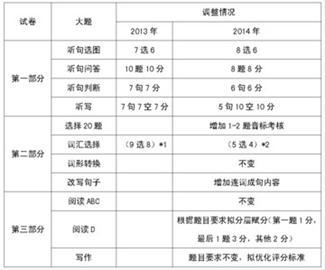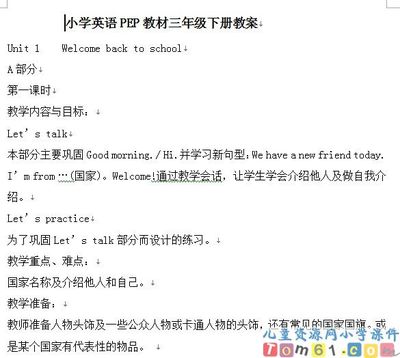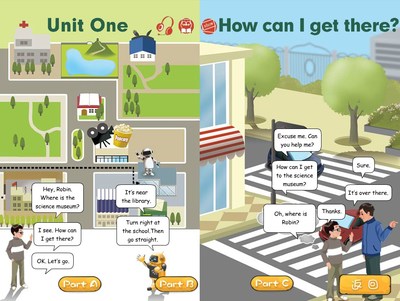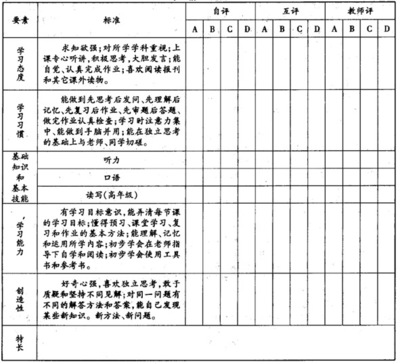一、弄清特殊疑问句的基本用法与结构
特殊疑问句是由疑问词提问的句子。疑问词包括疑问代词(如what, who, which, whose等)和疑问副词(如when, where, why, how等)。其基本结构是“疑问词+一般疑问句”:
What are you doing? 你在做什么?
Which child knows the answer? 哪个孩子知道答案?
Whose bicycle is this? 这是谁的自行车?
When can you come? 你什么时候能来?
Where are you from? 你从什么地方来?
Why are your clothes so dirty? 你的衣服为什么这么脏?
How shall I answer her? 我怎样回答她? (from www.zkenglish.com)
【注】若疑问词用作句子主语,则为陈述句词序:
Who gave you that book? 谁给你的那本书?
What made her cry so badly? 是什么使她哭得这样伤心?
二、就划线部分提问的方法
就划线部分提问的基本方法是:先根据划线部分词语的意思和句法功能确定用什么疑问词,然后将原句变为一般疑问句跟在疑问词的后面即可(注意去掉划线部分)。请看实例:
He goes to school by bike.
→How does he go to school? 他怎么去上学?
Jim went home yesterday.
→When did Jim go home? 吉姆什么时候回家的?
He was born in Paris.
→Where was he born? 他出生在什么地方?
He can’t come because he is ill.
→Why can’t he come? 他为什么不能来?
This is Mary’s wallet.
→Whose wallet is this? 这是谁的钱包?
He bought a dictionary yesterday.
→What did he buy yesterday? 他昨天买了什么?
若划线部分是句子主语,则只要用疑问词代替划线部分即可:
Jack stole our money.
→Who stole our money? 谁偷了我们的钱?
若划线部分包含谓语动词,则应用do的适当形式代替划线部分:
He bought a dictionary yesterday.
→What did he do yesterday? 他昨天做了什么?
She was writing letters last night.
→What was she doing last night? 她昨晚在做什么?
He has sold his house.
→What has he done? 他做了什么?

 爱华网
爱华网


